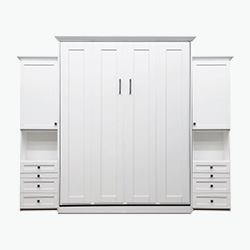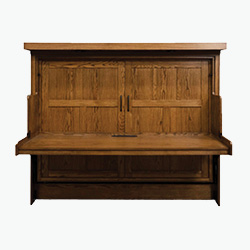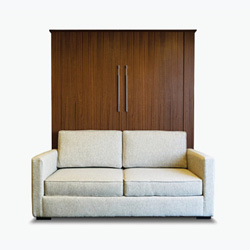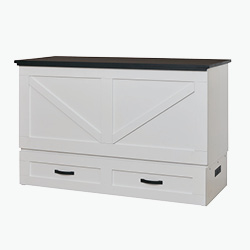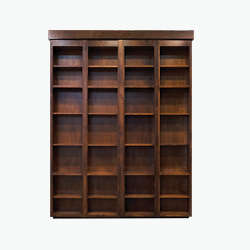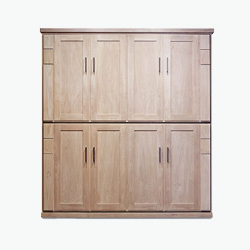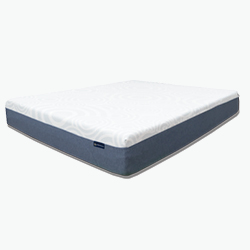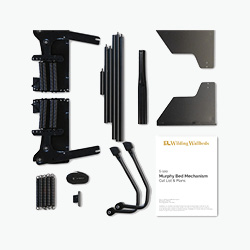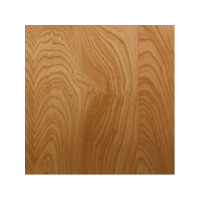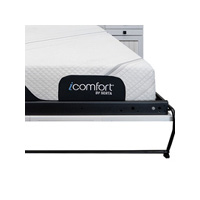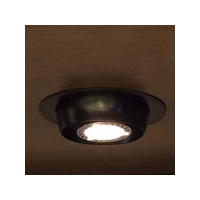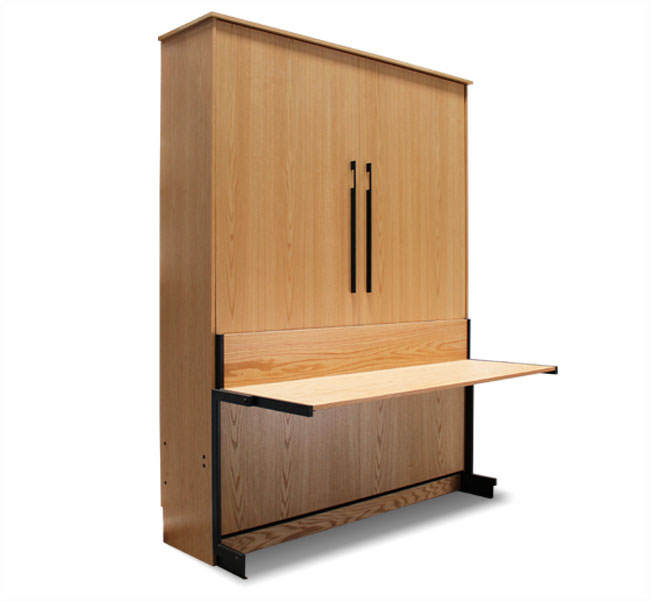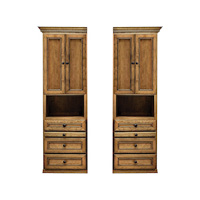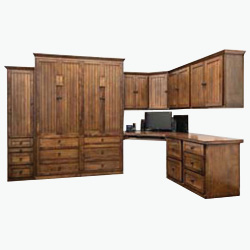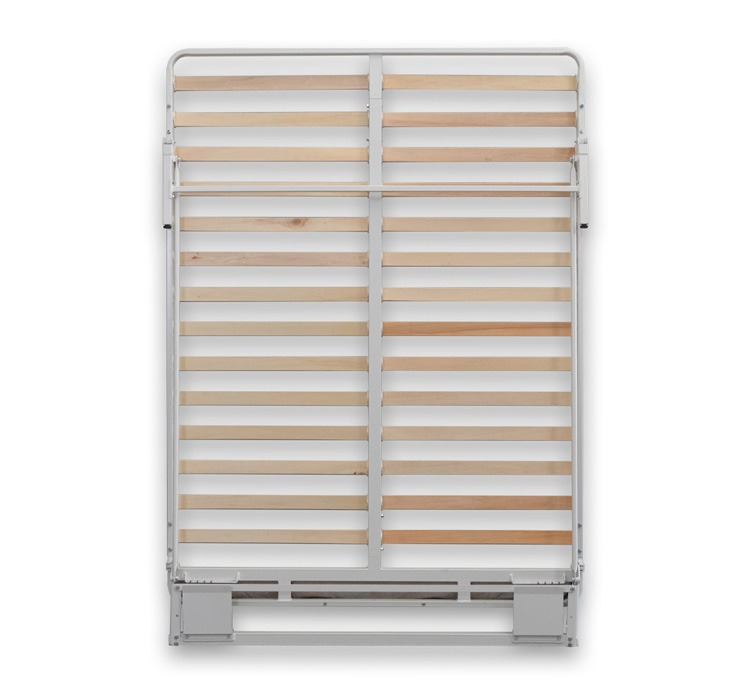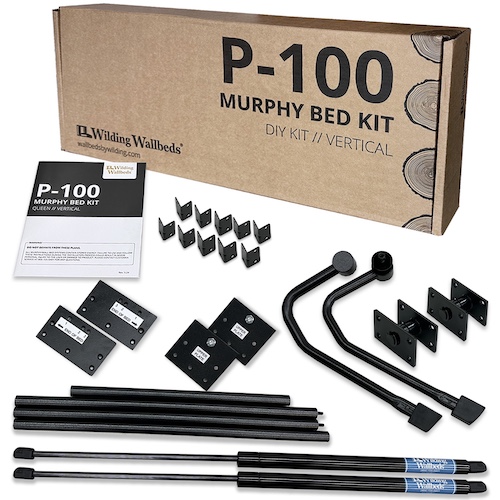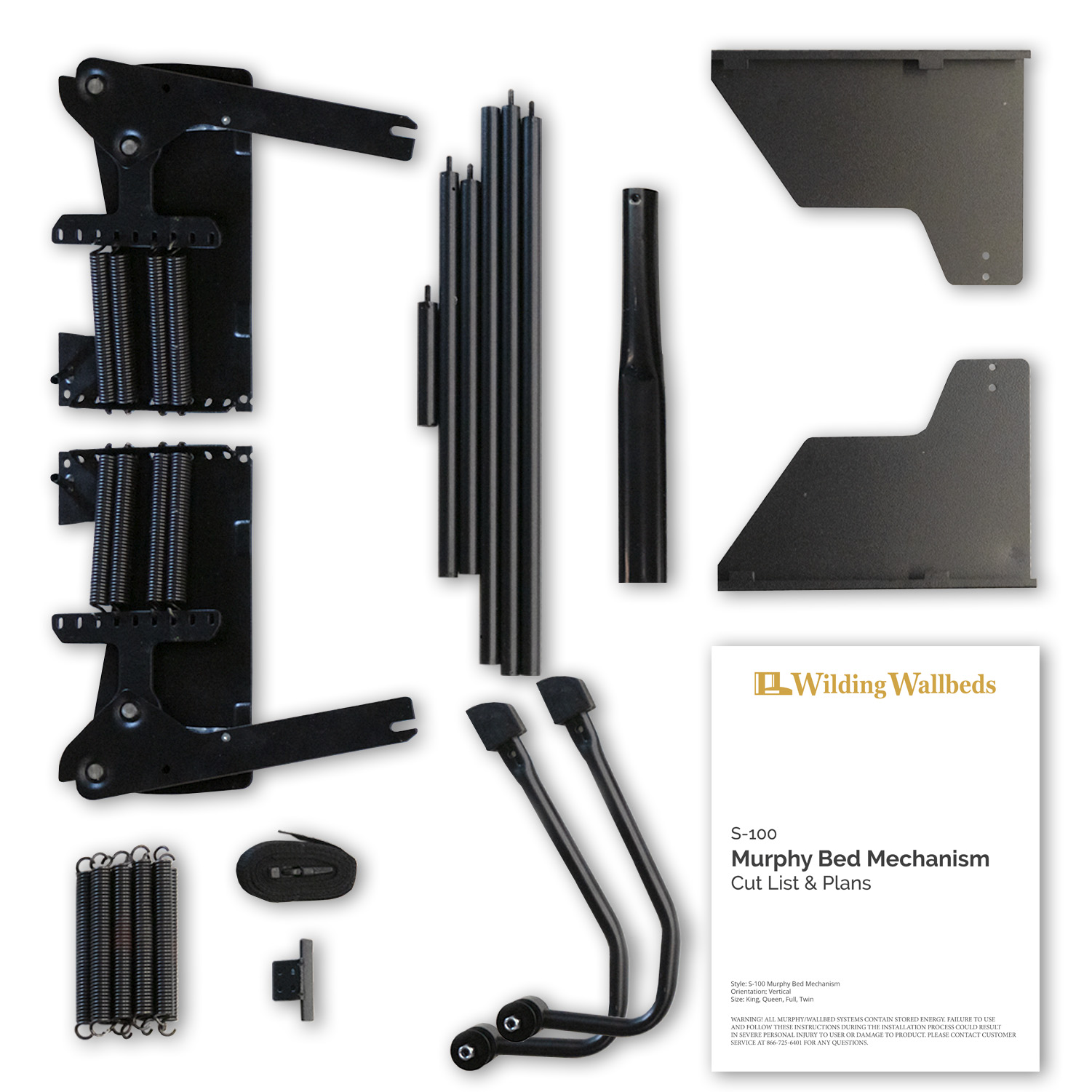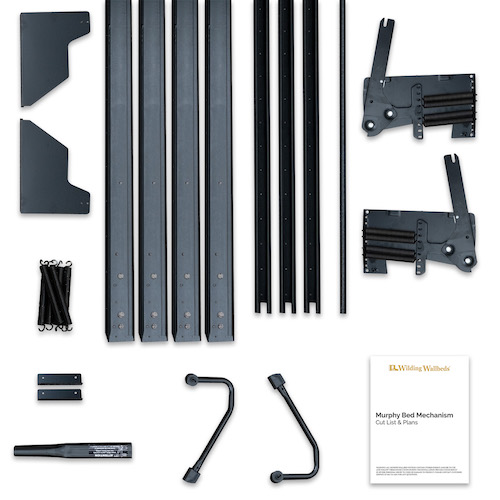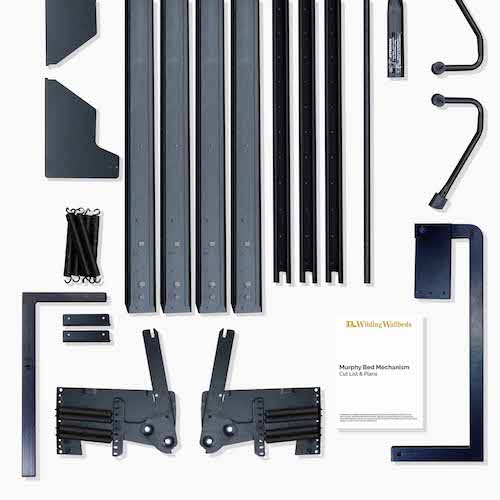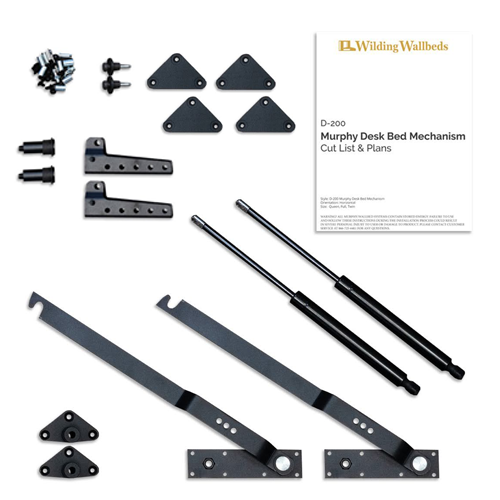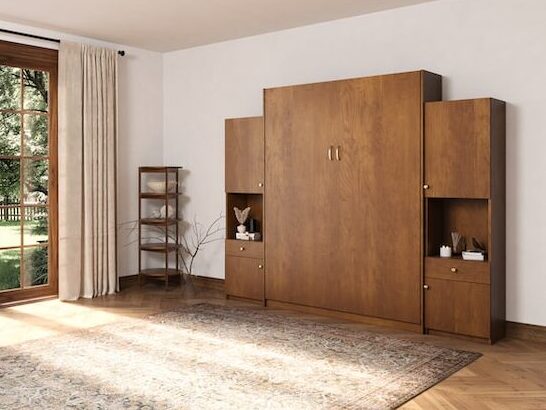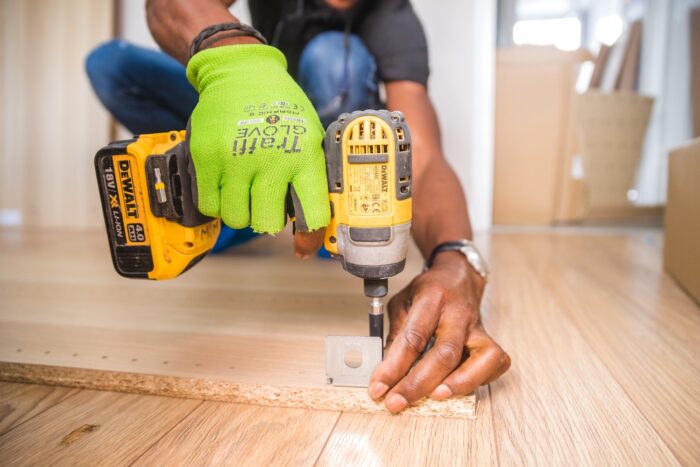
Introduction
When it comes to affordable and stylish furniture, IKEA is often the go-to choice for many homeowners. With a vast range of products, the Swedish mega-retailer has successfully captured the market’s attention. However, there is one type of furniture that is conspicuously absent at IKEA: the Murphy bed. In this article, we will explore why IKEA does not sell Murphy beds and emphasize the role of particleboard, a material commonly used by IKEA, in this decision.
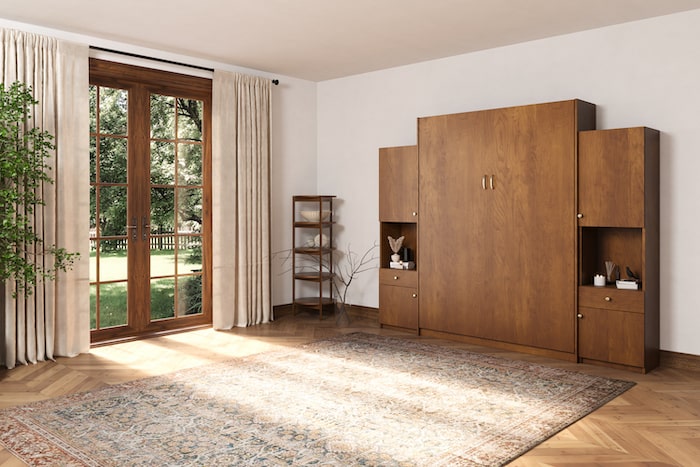
The Appeal of Murphy Beds
Murphy beds, also known as wall beds, are a popular choice for those seeking to maximize space in small apartments or increase the function of a multipurpose rooms. The key feature of these beds is their ability to fold up against the wall, providing extra floor space during the day. They are a practical solution that allows homeowners to make the most of their living areas without compromising on comfort or aesthetics.
IKEA’s Commitment to Particleboard
IKEA is well-known for its affordable flat-pack furniture. In order to keep the prices low, a significant part of their range is constructed using particleboard. Particle board is an engineered wood product made from wood chips, sawmill shavings, and resin. It is an attractive choice for furniture manufacturers due to its low cost, ease of use, and versatility. However, as anybody who has ever owned particleboard furniture for more than a few months can attest, it is incredibly weak when compared to real wood.
The Weakness of Particle Board
Murphy beds require a strong material due to the amount of weight and tension they support. The fact is that particle board is simply not strong enough to build a Murphy bed that is trustworthy. In fact, thousands of particleboard Murphy beds have been recalled in recent years due to the particle board failing, leading to the bed falling down. This is a major safety and liability concern for IKEA, which we’ll discuss a bit more in the next section.
Did you know?
Did you know that more than 130,000 particle board Murphy beds have been recalled in the last 2 years alone? There has never been a recall of real wood Murphy beds.
Safety & Liability Concerns
IKEA places great importance on safety when designing its products. The company follows stringent quality standards to ensure that their furniture is reliable and meets customer expectations. However, using particle board to construct Murphy beds could pose safety risks due to the material’s inherent weakness. A bed frame that is not strong enough may collapse or fail to secure properly, which can result in injuries or accidents. This would open IKEA up to significant liability, which they try to avoid at all costs. To uphold their commitment to safety, and to sidestep liability concerns, IKEA may have made the decision to exclude Murphy beds from their product lineup altogether.
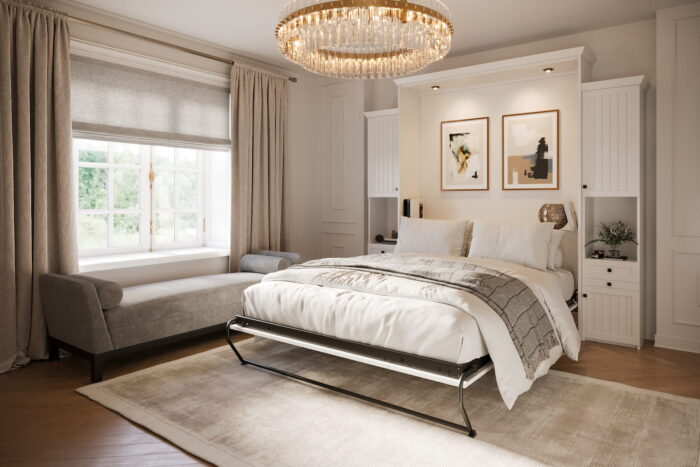
Longevity and Durability
Another factor that plays a crucial role in IKEA’s product development process is longevity and durability. IKEA furniture is designed to withstand everyday use and last for a considerable period. However, particleboard is susceptible to damage from moisture, impact, or prolonged stress. Murphy beds are expected to be opened and closed frequently, and particleboard may not be able to withstand the repeated strain, leading to premature wear and tear. To maintain their reputation for quality and durability, IKEA may have opted to focus on materials that offer greater longevity, like solid wood or metal, for their bed frames.
Customer Expectations
IKEA has built a strong brand identity centered around affordable, modern, and functional furniture. They have managed to cater to the needs and preferences of a broad customer base. However, customer expectations for Murphy beds are often different from those for other types of furniture. Murphy beds are considered a long-term investment, and customers generally expect them to be robust, reliable, and capable of withstanding daily use. Given the limitations of particleboard, IKEA may have decided not to sell Murphy beds to avoid potential customer dissatisfaction and negative reviews.
Conclusion
While IKEA offers a wide variety of furniture options to suit various needs and budgets, Murphy beds are notably absent from their product lineup. The primary reason for this absence lies in the inherent weakness of particleboard, the material commonly used by IKEA for its furniture construction. The structural demands and safety considerations associated with Murphy beds require materials with greater strength and durability. Despite the many advantages of particleboard in terms of cost and versatility, IKEA has made a conscious decision to prioritize customer safety, longevity, and customer satisfaction by not offering Murphy beds.
